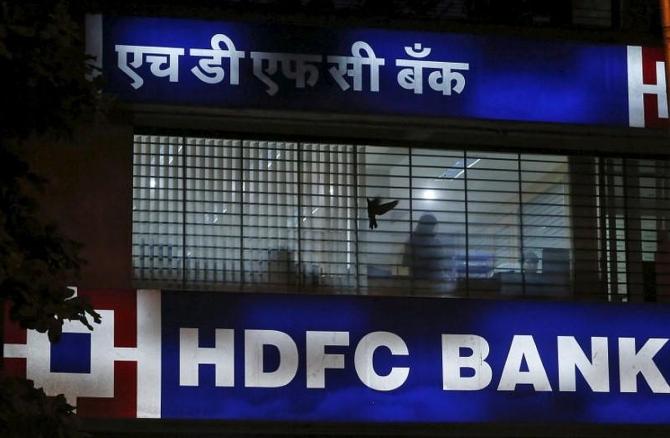With the banking regulator lifting restrictions on HDFC Bank’s digital initiatives, the largest private sector lender is now girding up to launch a clutch of customer-facing applications (apps), which will act as stepping stones in its journey to morph into a technology (tech)-led bank from a conventional one.

Following repeated outages in its digital offerings, the Reserve Bank of India (RBI) had barred HDFC Bank from issuing new credit cards in December 2020 and prevented it from going ahead with its digital launches.
The embargo on issuing credit cards was lifted in August 2021 and the ban on digital launches was lifted last week.
Speaking to Business Standard, Parag Rao, country head-payments business, digital banking, and consumer finance, HDFC Bank, said, “We have come out with this transformation journey over a three-year period, to prepare ourselves for the new-age digital experience, which may not replace the old way of working but will complement it. The transformation journey started around a year back.”
In the upcoming two/three quarters, the bank is looking to launch a revised version of its payment app, PayZapp, which is built on a completely new-age architecture, mobile-ready, elastically-scalable, containerised, and extremely advanced user interface/user experience.
The bank intends to make PayZapp one of the top two/three payment apps in the country.
It will act as a strong acquisition tool for new-to-bank customers.
The idea is to give customers a one-stop shopping experience.
They will be able to manage their cards, make payments through any form factor, and get the best shopping deals through a combination of PayZapp and SmartBuy, said Rao.
Further, the bank is looking to launch a mobile-only digital credit card.
Also, it is reimagining the whole customer service experience to make it more seamless and hassle-free.
"We are converging all aspects of customer servicing into one service hub. Customers can connect to the bank in any form 24x7,” said Rao.
The bank will use artificial intelligence and machine learning to offer specific solutions to customer grievances.
It is also looking to launch a digital platform for small and medium-sized enterprises (SMEs) to do transactions on the fly.
Also on the anvil is a launch of SmartHub Vyapar as a one-stop shop for small and medium merchants.
Further, the bank is looking at reimagining the entire customer experience of buying two-wheelers and four-wheelers, given it is the largest financier in that space.
The bank’s move to transform itself comes from the fact that although it is the market leader in most segments it operates in, the core infrastructure it had built years ago needs an upgrade to keep pace with its growth trajectory.
“The reason it’s a three-year journey is because we are a large bank with over 60 million customers, built on a conventional stack of information technology (IT) backbone.
"Customer demands are changing. We have to upgrade our platforms and adopt the digital way of working,” said Rao.
“Making the legacy infrastructure much more agile, scalable is the other part of the transformation.
"Initiatives like Cloudification, application programming interface building, ensuring we strengthen the security layer are a part of the transformation journey.
"We are also relooking at all our IT processes, the way we do product development, testing, etc,” he said.
Initially when the embargo was imposed, RBI had pointed out multiple areas where the bank needed to improve upon.
In pursuit of that, the bank had developed a short-term, medium-term, and long-term plan for fixing issues that were shared with the regulator.
“We regularly interacted with the RBI, updated it on our progress, and took its feedback.
"The lifting of the embargo in two phases is a measure of how much the RBI has accepted our plan, seen the progress, intent, and is convinced that a lot of the things that HDFC Bank is talking about is happening,” said Rao.
Rao also pointed out that although its tech spends as a percentage of turnover have been in line with global players and other large Indian banks, observers of the sector feel they are, perhaps, spending less, given their size and the pace at which they are growing.
“On incremental basis, we will be spending a significant amount of money on core infrastructure, building new platforms and capabilities, and competencies. As a percentage that will go up,” he said.











